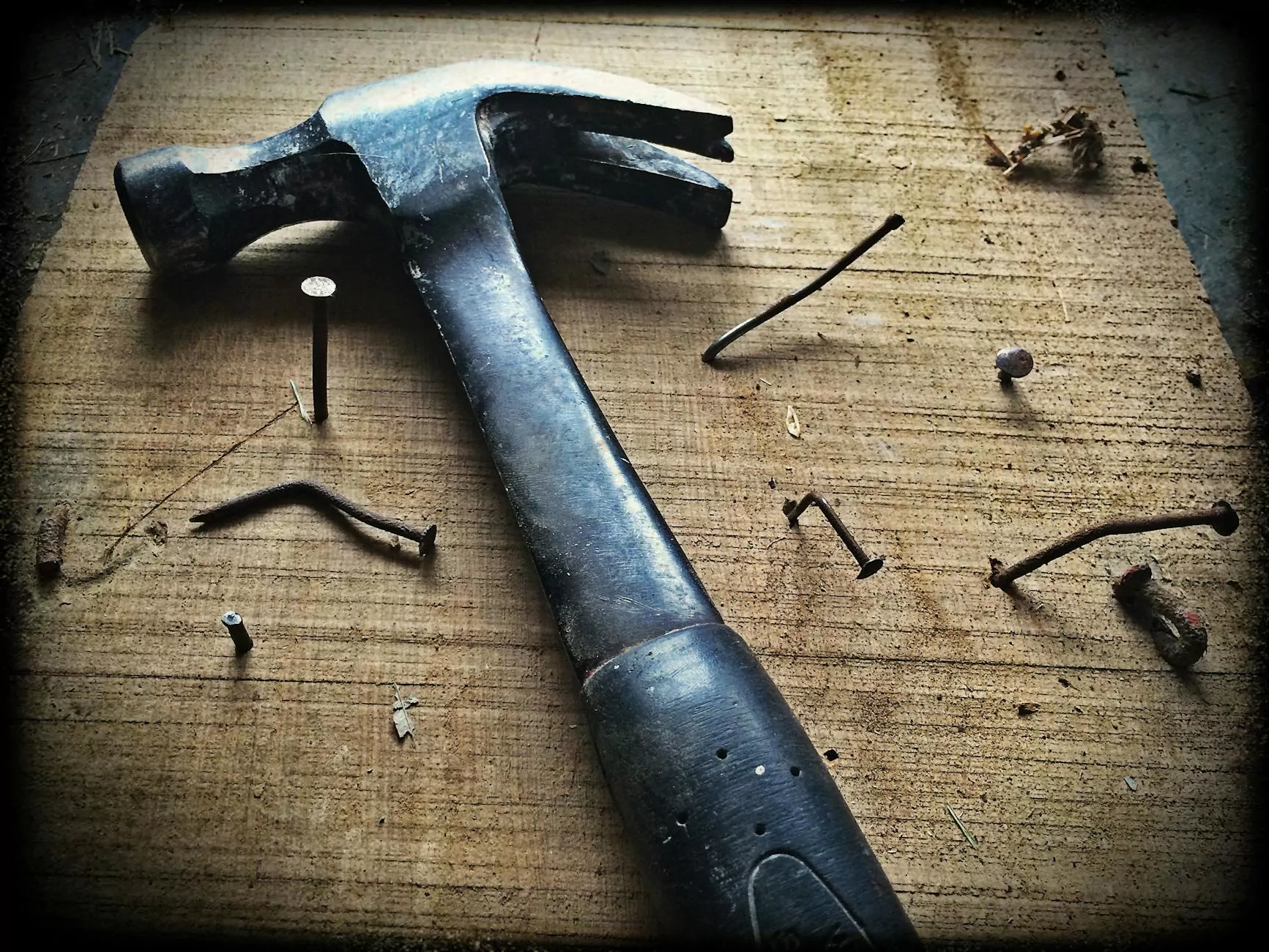The Ultimate Guide to Pool Coping: Enhancing Your Swimming Pool Experience

When it comes to designing and maintaining the perfect swimming pool, pool coping is a crucial element that often goes overlooked. Not only does it serve a functional purpose, but it also enhances the aesthetic appeal of your pool area. In this comprehensive guide, we’ll delve into everything you need to know about pool coping, from its importance to the various materials available, techniques for installation, and maintenance tips to keep your pool looking its best.
What is Pool Coping?
Pool coping refers to the material that encircles the edge of a swimming pool. It acts as a transition between the water and the decking area, providing a safe and comfortable edge for swimmers as they enter or exit the pool. More than just a practical feature, pool coping also enhances the visual aesthetics of your pool, contributing to the overall design of your outdoor space.
The Importance of Pool Coping
Understanding the importance of pool coping can help you make informed decisions during your pool renovation or construction. Here are several reasons why it is essential:
- Creates a Safe Barrier: Pool coping provides a non-slip surface that prevents accidents and injuries when entering or exiting the pool.
- Water Management: Properly installed coping helps direct water runoff away from the pool, minimizing the risk of water damage to surrounding areas.
- Aesthetic Appeal: The right coping can significantly enhance the look of your pool, integrating it seamlessly with your backyard landscape.
- Protection: It protects the pool structure from weather-related wear and tear, extending its lifespan.
Popular Materials for Pool Coping
When choosing pool coping, the materials available are abundant. Each material offers unique benefits and aesthetic qualities. Here are some of the most popular options:
1. Natural Stone
Natural stone coping, such as limestone, granite, or travertine, is beloved for its beauty and durability. Rich in texture and colors, it adds a luxurious touch to any swimming pool. However, it's important to consider that natural stone can be slippery when wet, so choosing a textured finish can enhance safety.
2. Concrete
Concrete coping is an incredibly versatile option that allows for endless customization. It can be poured and shaped to fit any design, stained, or stamped to mimic other materials. Moreover, its affordability makes it a popular choice among pool owners keen on budget-friendly options.
3. Brick
Brick coping provides a classic look that can complement traditional or modern aesthetics. Its durability is unmatched, and the variety of colors offers numerous design possibilities. Ensure proper sealing to avoid moisture absorption and staining.
4. Pavers
Pavers are another highly customizable option for pool coping. They come in a wide range of styles, colors, and shapes, allowing you to create intricate patterns. Pavers are also removable, making future repairs easier.
5. Tile
Tile coping is often used in conjunction with a tile-lined pool for a seamless look. Available in various designs and finishes, tiles can add color and texture, with glazed tiles providing enhanced slip resistance.
Techniques for Installing Pool Coping
The installation of pool coping is a critical phase in the pool construction process. Whether you hire professionals or choose to tackle the project yourself, understanding the steps involved can help ensure a successful outcome.
Preparation
Begin by assessing the existing pool structure and the area surrounding it. Clear away any debris, vegetation, and old coping if necessary. Ensure the surface is level and clean, providing a solid base for the new coping.
Choosing the Material
Select the material that best suits your needs, budget, and design aesthetic. Ordering extra material can help in case of mistakes or cuts.
Measuring and Cutting
Carefully measure the perimeter of the pool to determine how much coping material you'll need. Use a wet saw for cutting tiles or stones to size, keeping your cuts as straight as possible for a professional finish.
Installation
For concrete and brick, begin laying the coping around the edge of the pool, ensuring that it's evenly spaced. Utilize a masonry adhesive for a secure bond. For pavers and natural stone, use a sand base for better drainage, and make sure to leave expansion joints as needed.
Finishing Touches
After the coping is installed, apply the necessary sealants to prevent moisture penetration and enhance the longevity of the materials. Clean any residue or adhesive from the surface for a pristine finish.
Maintenance of Pool Coping
Maintaining your pool coping is essential for protecting your investment and ensuring safety. Here are some practical maintenance tips:
Regular Cleaning
Regularly clean the coping with a mild detergent and a soft brush to remove dirt and algae buildup. For more stubborn stains, consider using a pressure washer but ensure it’s on a low setting to avoid damaging the material.
Inspect for Damage
Periodically inspect your coping for cracks, chips, or loose sections. Early detection of damage can prevent larger issues down the line.
Re-apply Sealant
For materials such as natural stone and concrete, reapplying sealant every few years can help protect against moisture and staining. Check manufacturer guidelines for recommendations.
Professional Evaluation
Consider hiring professionals for an annual evaluation, especially for more complex materials. Experts can identify issues you may have missed and recommend necessary repairs or upgrades.
Conclusion
Incorporating pool coping into your swimming pool design not only enhances its aesthetic appeal but also adds significant functionality and safety to your pool area. By selecting the right materials and ensuring proper installation and maintenance, you can enjoy a beautiful and lasting pool that becomes the highlight of your outdoor space. Whether you’re looking to renovate your current pool or design a new one, focusing on pool coping will elevate your project to new heights.
For expert advice and quality services regarding pool renovation, including water heater installation/repair, visit poolrenovation.com. Our team is dedicated to ensuring you have the best pool experience possible!









